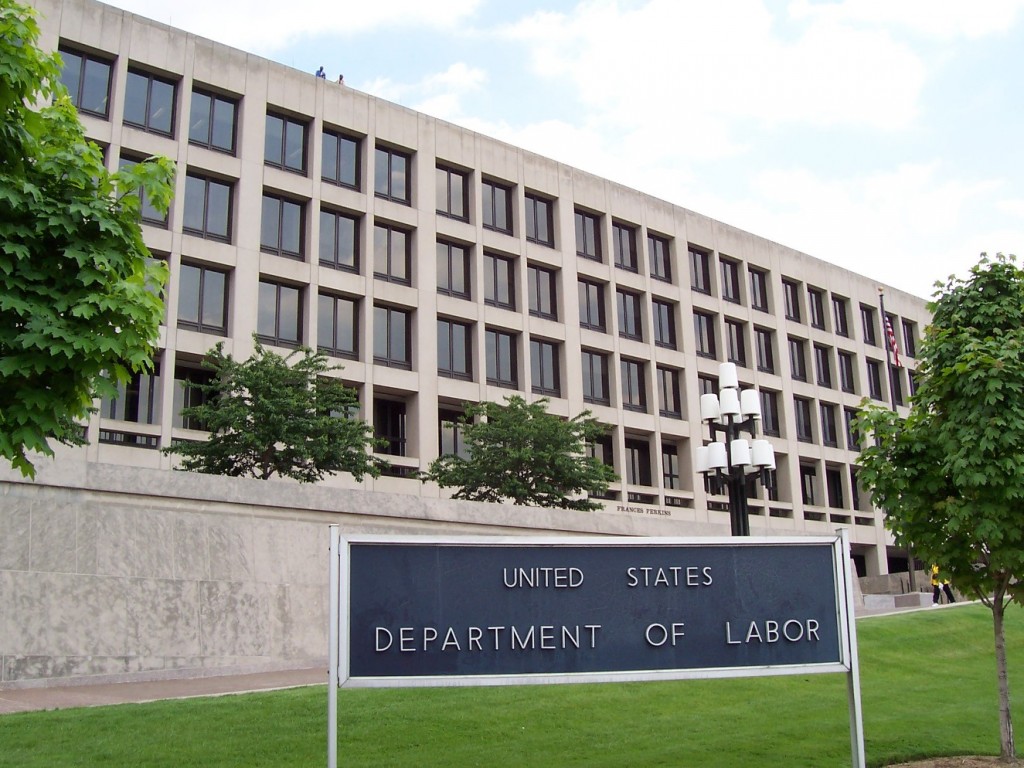
NPRM for Federal Job Training: Another Effort to Expand Definition of “Sex” Discrimination
Stanley Carlson-Thies
On January 26, 2016, the federal Department of Labor issued a Notice of Proposed Rulemaking (NPRM)—draft regulations, with an explanation—to change the nondiscrimination requirements in the main federal job training program, the Workforce Investment Act (WIA). WIA ,was reauthorized in 2014 as the Workforce Innovation and Opportunity Act (WIOA). The main purpose of the NPRM is to push further into federal programs the administration’s conviction that discrimination based on gender identity and sexual orientation should be illegal, even though Congress has not been convinced to outlaw it.
The Department of Labor had already issued new nondiscrimination regulations when WIA was superseded by WIOA, simply changing the references to the authorizing law, because, as the NPRM states, the reauthorized law “contains the identical provisions” that were in the original law’s nondiscrimination section. However, the NPRM says, those current regulations do “not reflect recent developments in equal opportunity and nondiscrimination jurisprudence.” The NPRM is intended to update the regulations regarding worker rights involving pregnancy and English-language competency. But the main effort, it appears, is to advance by regulation the prohibition of discrimination in job training based on gender identity and sexual orientation. This is the application to job training programs of an administration desire for action in the absence of congressional action that earlier appeared in NPRMs concerning health programs and emergency shelters.
For the insistence that a ban on discrimination on the basis of sex also encompasses a ban on discrimination based on gender identity, the NPRM provides some, if disputable, justification: some lower court decisions, EEOC rulings and policy, other administration policy initiatives. It gives no justification at all for its editing of the current WIOA nondiscrimination regulations in order to “replace[] ‘he or she’ with ‘the individual,’ ‘person,’ or other appropriate identifier whenever possible to avoid the gender binary.”
And while the NPRM states that it is a “policy” commitment of the Department of Labor to ban sexual orientation discrimination, it admits that “[c]urrent law is mixed on whether existing Federal nondiscrimination laws prohibit discrimination on the basis of sexual orientation as a part of their prohibitions on sex discrimination” and that no federal appeals court has ruled that way while some have ruled the opposite way. However, the administration is insistent on reaching its policy goals. Thus, the NPRM says, while the final regulations will have to “reflect the current state of nondiscrimination law,” the Department of Labor seeks suggestions “on the best way of ensuring that this rule [i.e., final regulation] includes the most robust set of protections supported by the courts on an ongoing basis.” This could be interpreted as the Department asking how to write the regulations so that they will always be at the far edge of court decisions that advance the administration’s policy goals.
Comments are due by March 28, 2016.
Federal job training programs ought not to exclude anyone eligible for their services, and to that end, strong nondiscrimination requirements are essential. But this kind of rulemaking, specifically designed to go beyond congressional action, is troubling. There are constitutional and good-government reasons to be concerned, given the design of our system to separate lawmaking from regulatory administration, to give different responsibilities to Congress and to the Executive Branch.
There is also a religious freedom reason to be concerned. The nondiscrimination requirements in the original WIA and now in WIOA include a ban on religious discrimination. Unfortunately, this ban was written by Congress so expansively as to prohibit not only religious discrimination against applicants for job training but also religious hiring by religious nonprofits that receive funds to provide job training. Fortunately, there is a remedy for this overly broad language which has the effect of excluding many faith-based job training providers: there is a well-established federal understanding and process by which a faith-based organization that hires by religion can appeal to the Religious Freedom Restoration Act to participate in a federal program that bans religious hiring.
But the proposed inflation of the notion of sex discrimination will create problems for faith-based job training programs, some of which may be the best, or only, programs capable of reaching marginalized communities and immigrants. For some religious organizations, being religiously selective in evaluating potential employees—to ensure their compatibility with the mission and ethos of the organization—goes beyond asking about their formal beliefs to assessing whether their life conduct is consistent with those beliefs. The religious employer may well have a code—based on the religion—concerning human sexuality. If the concept of sex discrimination is expanded as the NPRM proposes, employment decisions the religious organization considers necessary and legal (under RFRA) as part of its religious staffing policy may be assessed by the Department of Labor as violations of the new prohibition on gender identity and (stretching out to) sexual orientation discrimination. Whether RFRA will protect the religious employer in these circumstances is untested.
And thus, the draft regulations, if adopted, might exclude excellent faith-based job training programs because Congress wrote a too-broad nondiscrimination requirement (extending beyond beneficiaries to a grantee’s internal hiring practices) which is now further broadened by the Department of Labor to encompass characteristics and conduct that Congress has refused to cover.
